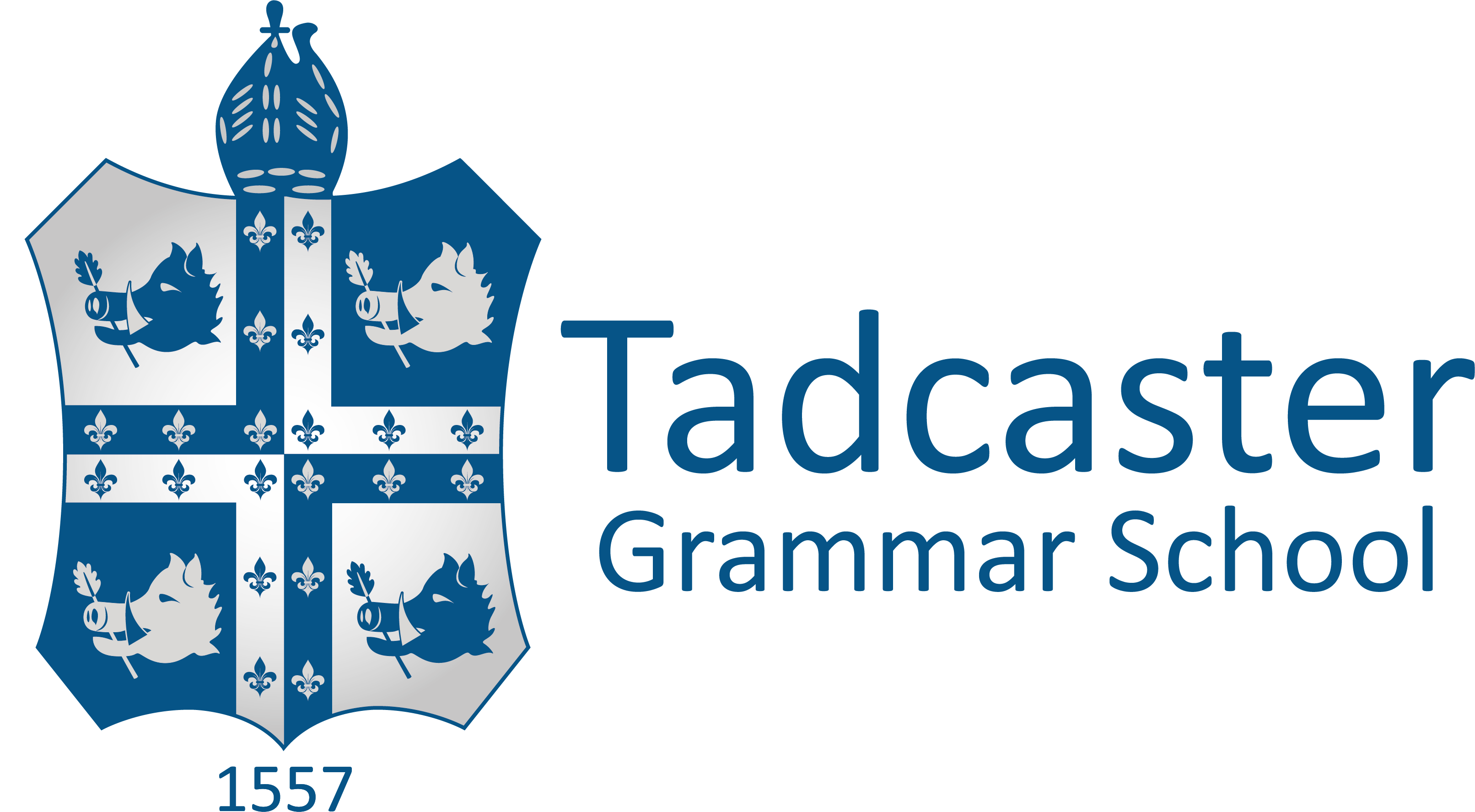Curriculum Team Leader
Mr J Andrews (j.andrews@tgs.starmat.uk)
Introduction
In design and Technology students combine practical and technological skills with creative thinking to design and make products and systems that meet human needs. They learn to use current technologies and consider the impact of future technological developments. They learn to think creatively and intervene to improve the quality of life, solving problems as individuals and members of a team.
Key Stage 3
Year 7
Students will undertake a range of design and make activities, in these activities they will be assessed on their ability to research, design, develop and manufacture products. The content of the year is as follows:
· Health and safety
· Automata – working with materials to create a mechanical toy
· Computer Buddy – electronics and plastics project
· CAD/CAM Sweets box
Year 8
Students will continue to undertake a range of design and make activities, in these activities they will be assessed on their ability to research, design, develop and manufacture products. The content of the year is as follows:
· Health and safety
· Wacky Racer – Electronic systems and foam modelling project
· CAD CAM – Picture frame and blister pack
· Computer Aided Design – Google Sketchup
Year 9
Students will undertake a range of design and make activities that will prepare them for GCSE, in these activities they will be assessed on their ability to research, design, develop and manufacture products. The content of the year is as follows:
· 3D sketching and rendering
· Electronic programmable game
· Architecture project
· Design styles
Key Stage 4
Technical Award Graphics
Graphic design is visual communication that combines images, words and ideas to convey information to an audience. It involves designing print or electronic forms of visual information for advertisement, publication or a website. This qualification focuses on an applied study of the graphic design sector and learners will gain a broad understanding and knowledge of working in the sector
Unit 1 Introduction to graphic design
Unit 2 Graphic design practice
Unit 3 Responding to a graphic design brief
Unit 4 Graphic design portfolio
External assessment, task-based exam assessing application of knowledge and skills
GCSE Design and Technology
This subject aims to prepare students to participate confidently and successfully in an increasingly technological world. Students will gain awareness and learn from wider influences on Design and Technology including historical, social, cultural, environmental and economic factors. Students will get the opportunity to work creatively when designing and making and apply technical and practical expertise. This GCSE allows students to study core technical and designing and making principles, including a broad range of design processes, materials techniques and equipment. They will also have the opportunity to study specialist technical principles in greater depth.
Exam 50% of final grade
Core technical principles
Specialist technical principles
Designing and making principles
Non-exam assessment (NEA) 50% of final grade
Substantial design and make task
GCSE Electronics
This specification has been designed to encourage candidates to be able to design and make quality electronic products with creativity, originality and flair using a wide range of electronic components. It encourages learners to develop confidence in, and a positive attitude towards, electronics and to recognise its importance in their own lives and in today’s technological society.
Component 1: Discovering Electronics Written examination: 1 hour 30 minutes 40% of qualification
Component 2: Application of Electronics Written examination: 1 hour 30 minutes 40% of qualification
Component 3: Extended system design and realisation task Non-exam assessment 20% of qualification
BTEC Tech Award in Creative Media Production
The Award gives learners the opportunity to develop sector-specific knowledge and skills in a practical learning environment. The main focus is on four areas of equal importance, which cover the:
development of key skills that prove your aptitude in creative media production such as investigating and developing ideas through pre-production, production and post-production of media products
process that underpins effective ways of working in creative media production, such as responding to briefs and feedback, planning and generating ideas
attitudes that are considered most important in creative media production, including personal management and communication
knowledge that underpins effective use of skills, process and attitudes in the sector such as production processes and techniques
Unit 1 Exploring Media Products
Unit 2 Developing Digital Media Production Skills
Unit 3 Create a Media Product in Response to a Brief
Key Stage 5
BTEC Level 3 National Diploma in Graphics is equivalent in size to 2 A Levels
The qualification is designed to give learners a technical understanding of Graphics. Learners gain knowledge and skills in areas such as typography, illustration and web design to produce vocational projects in graphic design.
Progression opportunities
This qualification is designed to support progression to employment or a university course in the area of graphics.
Programme of study
Unit 6 Managing a Client Brief
Unit 7 Developing and Realising Creative
Unit 8 Professional Practice in Art and Design
Unit 10 Graphics Materials, Techniques and Processes
Unit 13 3D Design Materials, Techniques and Processes
Unit 22 Graphics for 3D
Unit 23 Branding in Graphic Design
Unit 24 Graphic Illustration
Unit 26 Typography
Study methods
Students will be enthused and challenged by the range of practical activities and assignments.
Learners will be given opportunities to:
• Demonstrate practical and technical skills using appropriate materials, techniques and processes
• Complete realistic tasks to meet specific briefs or particular purposes
• Write up the findings of their own research
• Use case studies to explore complex or unfamiliar situations
• Carry out projects for which they have choice over the direction and outcomes
Method of assessment
Unit 6 & 7 are externally set and marked practical exams (5 hours assessment period)
Units 8, 10, 13, 22, 23, 24 and 26 are internally assessed assignments which are subject to external standards verification

